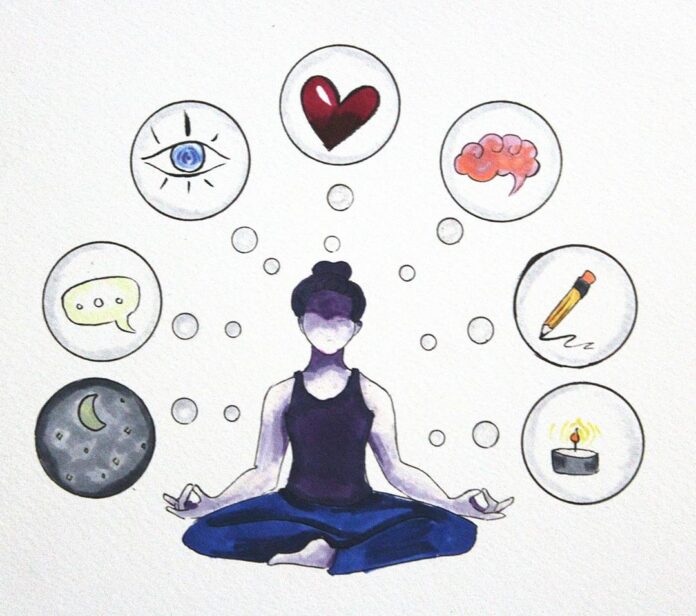With the winter holidays quickly approaching and plans beginning to form, stress can start to build up. Throw in work, school, relationships, inflation, social media, news, and many other stress inducers — it can be overwhelming to deal with. Individual coping strategies may vary, but is there one go-to model that can help individuals relieve their stress — or reduce the potential impact of stressors.
Inspired by the book Sacred Rest: Recover Your Life, Renew Your Energy, Restore Your Sanity by Dr. Saundra Dalton-Smith, “sacred rest” is the latest viral self-care model that has gotten some traction on social media recently, going viral on self-care TikTok, and inspiring think pieces on sites like Bustle. In her book, Dalton-Smith discusses the role of rest in reducing and recovering from stress. Specifically, she identifies the seven types of rest that one may need; physical, social, sensory, emotional, mental, creative, and spiritual rest which all make up a complete picture of the different ways we need to recharge ourselves.
Dalton-Smith’s work acts as a good stepping stone. It brings different areas of self-care to light, rather than focusing on just countering the physical tolls that stress can have. I also find the variation it brings to the concept of “rest” useful, as it is more broad — it can be too much of one thing or too little.
In this sense, the movement Dalton-Smith’s book inspired promotes having a greater balance in several areas in life, and a real focus on the individual’s needs. Individual’s “rest” is based on their needs and interests, and while the seven categories might not dictate to a tee how one will deal with stress, it can be a source of inspiration on where to begin. For example, when it comes to creative rest — depending on the individual, having writer’s block could be an obstacle that could benefit from either a break from writing, or writing something for fun as a creative outlet. In this way, either option could be defined as “rest.”
The seven different types of rest also encourage creating more boundaries between work, school, and life rather than just “dealing with it” or “sucking it up;” the need to take mental rests is highlighted. For example, it made me reflect on the lack of boundaries I have been setting in my life, including not separating work and home.
I do not believe that the seven types of rest is the “best” self-care model, nor do I think there is one “ultimate” self-care guide; each model or expert can have varying opinions on how to deal with the goings-on of life. Not everyone will practise the same things, or have the same types of stress. The coping strategies may be different, but yet, all have the same objective — focusing on your individual needs. For example, I prefer relaxing in bed watching a new show or doing a puzzle to focus on something else while others may seek comfort in being around friends when they are stressed out.
Either way, self-care methods including rest should continue to be normalised, discussed, and respected rather than ignored or stigmatised. What works for you? Rather than always “going the extra mile,” take a recommended rest to try to create the best balance in your life. It is not selfish to take a rest if need be, and the seven types of rest is a good model to review to figure out where to start.


